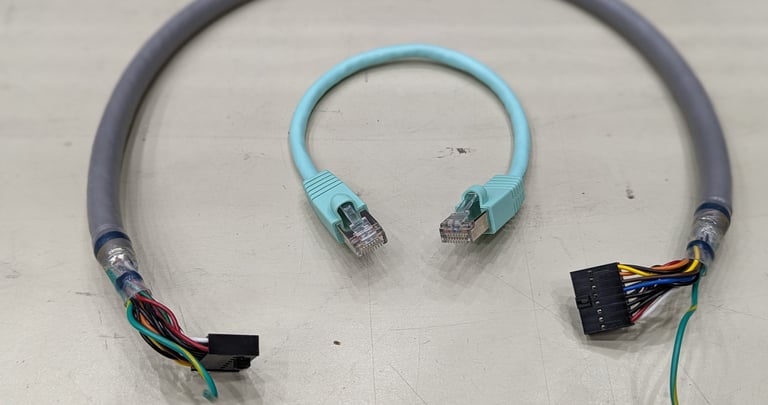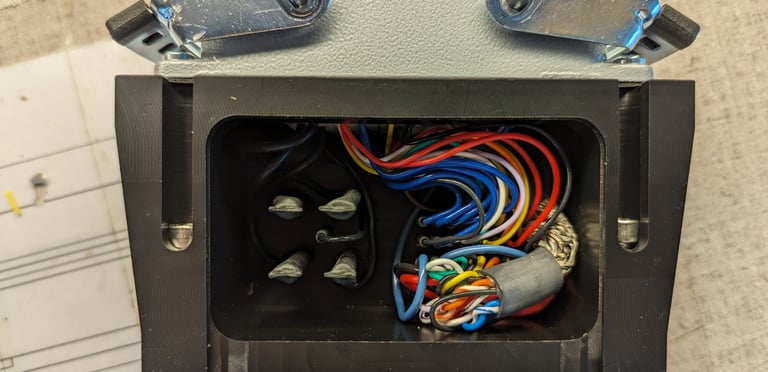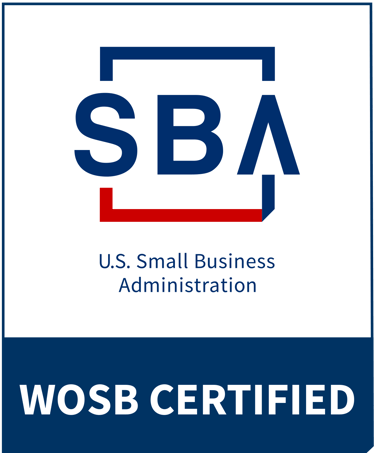Shielded Cables
Single-point vs. double-point grounding. THE DEFINITIVE GUIDE


Shielded cables are commonly used in various electrical and electronic applications to minimize electromagnetic interference (EMI) and radio frequency interference (RFI). These cables consist of one or more conductors surrounded by a layer of shielding material, such as a metallic foil or braided wire. The shielding helps to protect the signals transmitted through the cables from external interference sources.
One important aspect of using shielded cables is grounding. Grounding the shield of a cable helps to provide a path for unwanted electrical currents and noise to flow away from the signal-carrying conductors, thereby reducing the chances of interference. However, the question arises: should the shield be grounded on one end or both ends? The answer to this question depends on the specific application and the environment in which the cables are being used.
Let's discuss the two scenarios:
1. Grounding on One End: In certain cases, it may be sufficient to ground the shield of a cable on one end only. This is known as single-point grounding. It is commonly used when the cable is being used to transmit signals over short distances, or when the cable is not exposed to significant external sources of interference.
Important Note: When grounding the shield on one end, it is important to ensure that the ground connection is made at a point where the interference is least likely to occur. This can be achieved by connecting the shield to a ground point near the source of the signal. This approach helps to prevent ground loops, which can introduce additional noise into the system.
2. Grounding on Both Ends: In more demanding applications, it may be necessary to ground the shield of a cable on both ends. This is known as double-point grounding. It is commonly used when the cable is being used to transmit signals over longer distances or when the cable is exposed to significant external sources of interference. Grounding the shield on both ends helps to provide a continuous path for unwanted currents and noise to flow away from the signal-carrying conductors. This approach can be particularly effective in environments where there is a high level of EMI or RFI present.
Important Note: When grounding the shield on both ends, it is critical to ensure that the ground connections at both ends are properly bonded together. This helps to maintain a consistent ground potential and prevent any potential voltage differences between the two ends of the cable.
In conclusion, the decision to ground the shield of a cable on one end or both ends depends on the specific application and the level of interference present. Single-point grounding may be sufficient for simple, short-distance applications, while double-point grounding is recommended for more demanding scenarios with longer cable runs or higher levels of interference. Proper grounding techniques help to ensure the optimal performance of shielded cables and minimize the risk of interference affecting the transmitted signals.







